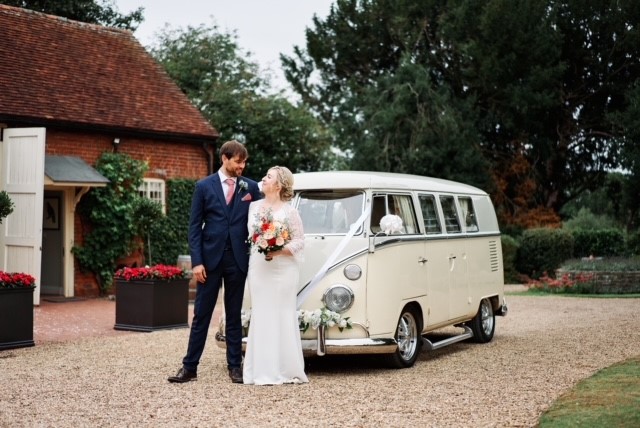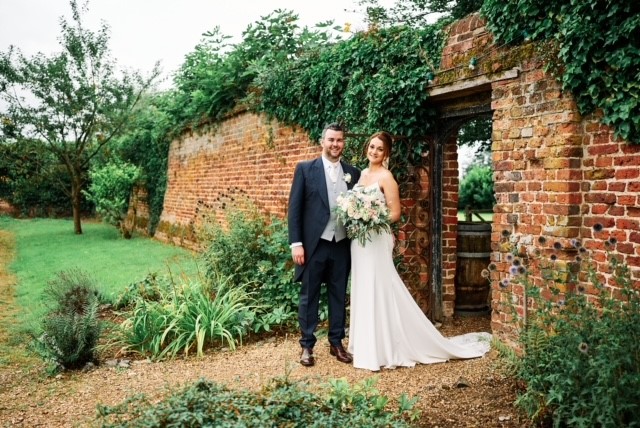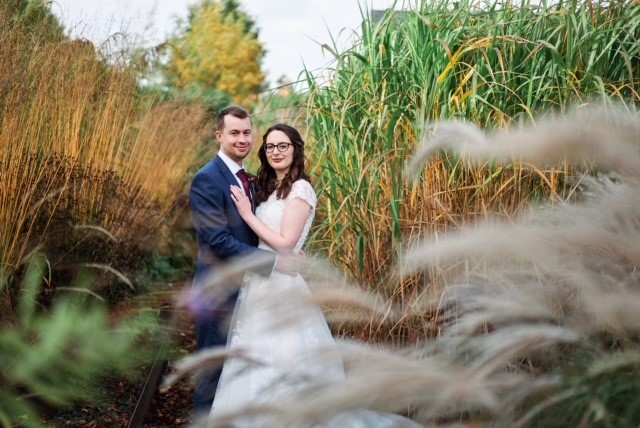- Call us: 01444 237070
- Contact Us
- Stores
- Sign In / Register
-
- Back
- Used Cameras
- Used Accessories
- Used Lenses
- Used Video
- Used Film Equipment
- Used Stock Alert
- Used Blank Test
- Sell or Part Exchange
- Used Clearance
- Recently Added Used Equipment
- Park Picks
- All Used Black Friday Deals
- Faulty
- Trade-In
- Blog
- New in
- Call us
- Contact us
- Stores
- Sign in
- Categories
- Tips & Inspiration
- Reviews
- News
- Events
- Features
- Buying Guides
- Competitions
Photographic advice for Wedding Photographers
For most, wedding photos are beautiful images that bring many years of joy for a couple, so it’s important to capture fantastic images to last a lifetime.
But there’s many things a wedding photographer needs to consider, apart from the obvious of needing a camera, that’s worth considering each year.
So we sat down with UK wedding photographer Robert Pugh to find out what advice he would give other photographers in the industry to help streamline their work (especially after what has been a tough couple of years), what kit he tends to use on a day-to-day basis, and how he goes about safely storing the huge numbers of shots he shoots at a wedding.
We hope you find his thoughts helpful for your own photography.
We are currently well into the wedding season and things for Robert have been busier than ever with no sight of a day off! The last couple of years has been tough for most people in the wedding photography industry and we started by asking how Robert has found things have changed.
“It’s been a difficult two years with all wedding photographers including myself not being able to work. But post pandemic, things seemingly changed overnight, doubling the workload. My typical year would include shooting at 38 weddings, but last year we covered 58 weddings and this year, we’ve shot at 67 weddings at the time of speaking to you.
I've had to adapt the way I work in many ways, from how I see and promote myself to clients, to the equipment I use. So having a year off was a blessing to brush off the cobwebs of old habits and change things.

- Image courtesy of Robert Pugh
I decided to start with the software I use and look at all the plugins and editing tools I no longer need to simplify my workflow. This would lead to a faster turnaround on editing and delivery to the clients. Supplying the images in a 2-4 week window will only give your customers positive feedback and help gain new customers from the glowing Google reviews.
Next, it was time to look at the equipment, considering whether I needed to upgrade anything? The perfect time to do this is the winter when weddings are at a low, and you have the time to get familiar with your cameras or what a lens can do. I started by unpacking my bag and putting anything I've not used to one side. It can be surprising what you carry around in your kit back! I ended up with two cameras and three lenses I use all the time to cover my wedding work.
My standard wedding photography kit would be Sony A9 II, A7R IV, FE 24mm f/1.4 GM, FE 35mm f/1.4 GM and the FE 55mm f/1.8 ZA.

- Image courtesy of Robert Pugh
I decided to remove three lenses and another camera body I had. This would generate valuable asset money to put back into upgrading the kit I use daily. For instance, I've decided to upgrade both bodies to a Sony A1 and upgrade the 55mm to the FE 50mm f/1.2 GM. Don't forget you can trade-in your existing gear with retailers such as Park Cameras, with occasional trade-in bonuses to help make your money go even further. I always look at upgrading my kit every three years. Look after the equipment, and it will look after you. You don't want a camera failing you at a wedding!
My biggest tip is to use two camera bodies to share the strain of weddings; think, if one body lasts three years on its own, then two cameras should last you six as they share the work and reduce the wear and tear one would cover.
The last thing I looked at and tried to improve was storage. We have cloud storage, SSD hard drives and NAS drives, but all needed upgrading to deal with larger files. As new cameras come out, they also bring larger files. SSD filled up quickly, and I now am leaping from a 1TB to a 2TB. That's right, a year of weddings equals 2TB of storage!

- Image courtesy of Robert Pugh
To recap, look at the following at the end of each wedding season to see where you can save and improve; if you do this religiously each year, you will fine-tune your business and be profitable.
- Software: look at what you need and what you use - remember, the software takes up valuable space on your computer. Is your computer up to editing and culling with AI
- Equipment: Do you use everything, or can some be sold to upgrade what you use regularly?
- Storage: This is a tricky one as you will need more and more storage each year. Are you the photographer that never deletes an image and promotes this to your customers. Or are you a business, so you delete the RAW files after three years but retain the JPG to save space and cost?
As I mentioned earlier, do this every year, and you will also see if you are wasting money in the areas of your business that you don't need to.”
If you want to learn more about what gear you might want to include in your kit bag as a wedding photographer, then why not take a look at our blog post offering advice by clicking here, or why not check out our Wedding Photography Guide by clicking here?
About Robert Pugh:
Robert Pugh is a Reading and Berkshire-based wedding photographer. He covers UK and destination weddings in a documentary and photojournalism style.
Share this post:
By Park Cameras on 30/11/2022

Trade in your old equipment
Fast and easy trade in service ensures your old gear is collected efficiently and you are paid quickly! It's very simple to trade in your unwanted photography gear. Just head over to our dedicated Sell or Part Exchange page, fill out the details, and we'll get back to you with an offer for your old gear. Take the cash, or put it towards the cost of your new gear. It's up to you! Find out more
sign up to the newsletter
Keep up to date on the latest photography news, events and offers. Sign up now